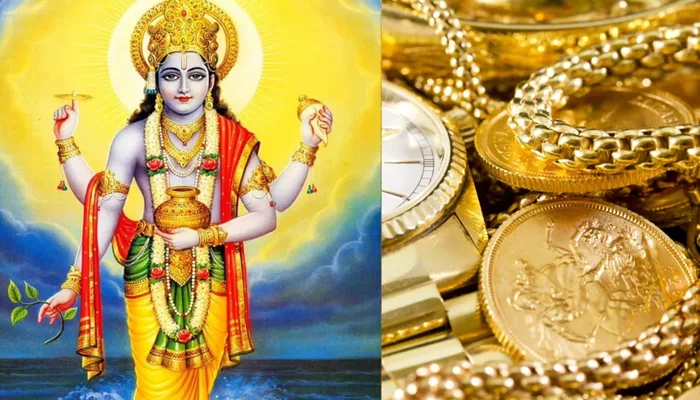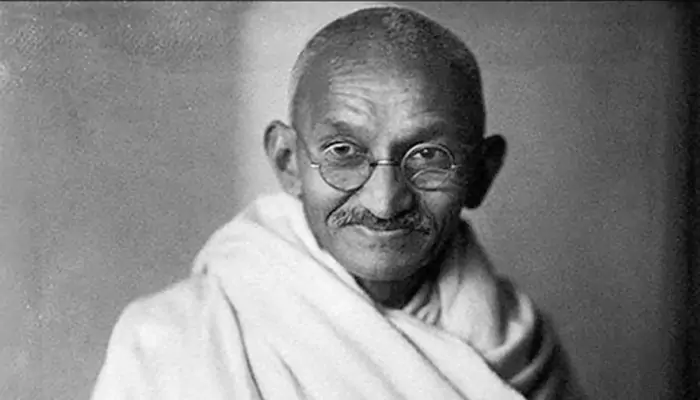Valentine's Day Special: Who was Saint Valentine - The Man Behind the Day of Love
- Sayan Paul
- 10 months ago
- 4 minutes read

Valentine's Day is celebrated in honor of Saint Valentine. But who was this person, and what is the legacy that keeps him alive in our minds?
While love should be celebrated every single day, Valentine's Day - February 14 - is one occasion where we go above and beyond to honor the beauty of love in all its forms. It can be as simple as expressing our feelings to our loved ones or as grand as planning an extravagant surprise. Whatever it is, the main agenda is to cherish the eternal bond that we share.
Well, Valentine's Day has been observed for several centuries now, but its exact origins are still unclear. The name itself suggests that there must have been someone named Valentine, who was most likely a great lover. But is that all? Interestingly, history points to not one but multiple individuals with the same name, who lived during the Roman Empire.

Today, as the world celebrates Valentine's Day, let's try to understand the legends and uncover the mystery behind the "Day of Love".
Who Was/Were Saint Valentine?
According to records, Valentine was a very common name during ancient Rome. In fact, there were at least 50 different people named Saint Valentine with a significant impact on society.
The most recognizable among them were:
- Valentine of Rome: A priest in Rome around 270 CE - the Valentine of Rome was incredibly popular in the region, and is now commonly associated with Valentine's Day celebration. According to a legend, he defied Emperor Claudius II, who had banned marriages for young soldiers - believing single men made better soldiers - by secretly performing weddings for young couples. Upon discovery, he was arrested, imprisoned, and eventually executed on February 14th.
It's also said that Valentine, during his imprisonment, healed his jailer's blind daughter (the two fell in love) and penned her a letter signed “From your Valentine".
Saint Valentine, a Christian martyr of the 3rd Century AD, defied Emperor Claudius II's decree against marriages for young men, believing single soldiers fought better. Valentine continued to marry young couples in secret. When discovered, Claudius ordered his execution.
— ArchaeoHistories (@histories_arch) February 15, 2024
While… pic.twitter.com/uBUXU8P8kv
(Credit: ArchaeoHistories)
- Valentine of Terni: Another Valentine was the Bishop of Terni, who was known for his miracles or supernatural powers. Legends suggest that he was summoned to Rome to cure the child of a notable Roman official. While the reasons are not clear, he was imprisoned, tortured, and eventually executed on February 14th.
Saint Valentine oversees the construction of his basilica at Terni, from a 14th-century French manuscript. pic.twitter.com/ZN2LAAhBC5
— Paul Cooper (@PaulMMCooper) February 14, 2018
(Credit: Paul Cooper)
*That's why February 14th is observed as the Feast of Saint Valentine.
However, what's worth noting here is that due to the similarities in their stories, it's quite challenging to distinguish between these two figures. In fact, according to many scholars, they might be the same person. As Luisa Pastore and Silvia Donati wrote in their article, 'The Real Story of Saint Valentine', "Perhaps the most significant study on the subject, San Valentino di Roma or di Terni, was published by the priest and scholar Padre Agostino Amore in 1966. In it, he concludes that the only martyred Valentine was the one from Terni, a view supported by the fact that Valentine, Bishop of Terni, was the only Saint Valentine to be included in all the oldest martyrologies."
Saint Valentine and Romantic Love - The Association
How Saint Valentine came to be associated with romantic love is also quite interesting. The widely accepted theory is that the "Feast of Saint Valentine" - February 14 - fell during the Roman Lupercalia, an ancient Roman festival that paired men and women through lotteries. Several new customs were introduced in a way to honor Saint Valentine, and priests declared February 14th "a Feast of Love".
During the Middle Ages, Geoffrey Chaucer, the renowned English poet, linked Valentine’s Day to courtly love in his popular poem 'The Parliament of Fowls', describing it as the day when birds choose their mates. And that's how Valentine's Day gained popularity as the "Day of Love".
Dating from 1382, Chaucer celebrated the engagement of the 15 year-old King Richard II to Anne of Bohemia via a poem, in which he wrote: For this was on St. Valentine’s Day, when every bird (fowl) cometh to choose his mate. pic.twitter.com/2kfuDl12n5
— WikiVictorian (@wikivictorian) February 14, 2021
(Credit: WikiVictorian)
The occasion garnered enormous popularity by the 15th century and grew only bigger and bigger with time. Today, it is a worldwide cultural phenomenon where people express love through gestures, gifts, and meaningful moments.
And thus, Saint Valentine's legacy lives on...









.webp)


